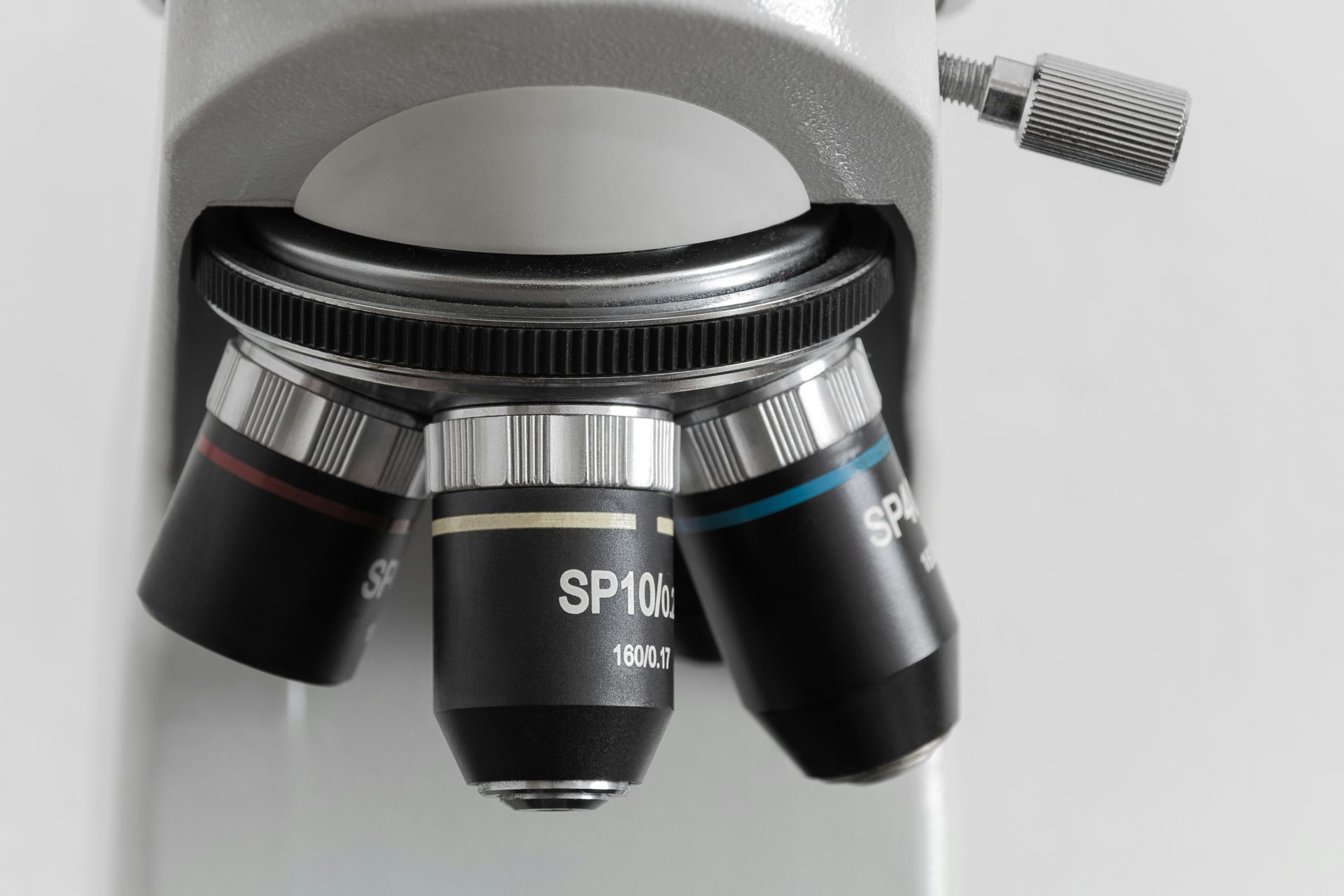Overview
Heated water baths are indispensable in microbiology laboratories, providing precise temperature control for a wide variety of protocols. A 2024 Lab Manager survey found that 78 % of microbiology labs rely on at least one water bath for daily work, underscoring its central role in routine culturing and enzymatic reactions.
Key Uses in Microbiology
- Media Preparation: Maintaining molten agar at 45 °C prevents premature solidification during pour‑plate techniques.
- Enzyme Reactions: Polymerase chain reaction (PCR) clean‑up steps often require 37 °C incubations for restriction digests.
- Serological Testing: Many antibody–antigen reactions perform optimally at 56 °C for complement inactivation.
- Heat Shock Transformation: Competent E. coli cells experience a brief 42 °C exposure, boosting plasmid uptake by up to 103-fold compared with ice‑only protocols.
Choosing the Right Water Bath
| Bath Type | Temperature Range | Best For |
|---|---|---|
| Standard (Uncirculated) | Ambient +5 °C to 100 °C | General media warming |
| Circulating | Ambient +5 °C to 100 °C | Uniform temperature for serology |
| Shaking | Ambient +5 °C to 99 °C | Cell suspensions & enzyme kinetics |
| High‑Temperature Oil | Up to 200 °C | Thermophilic enzyme assays |
Maintenance Tips
- Daily Check: Verify water level and top up with distilled water to reduce mineral buildup.
- Weekly Cleaning: Drain, wipe with 70 % ethanol, and refill. A study in Applied Microbiology (2023) showed that weekly sanitation reduces bacterial contamination by 92 %.
- Quarterly Calibration: Compare display temperature with a certified thermometer; ±0.5 °C accuracy is ideal for culture reproducibility.
- Descale Bi‑Annually: Use a mild citric‑acid solution to dissolve limescale, improving heater efficiency by up to 15 %.
Safety Considerations
Always wear heat‑resistant gloves, and keep electrical components dry. According to the U.S. Consumer Product Safety Commission, scald injuries account for 34 % of lab burn incidents, most of which involve improperly handled hot liquids.
Conclusion
By selecting the correct bath type and following a rigorous maintenance routine, microbiology professionals—from high‑school students to seasoned researchers—can ensure accurate, reproducible results while extending equipment life.


